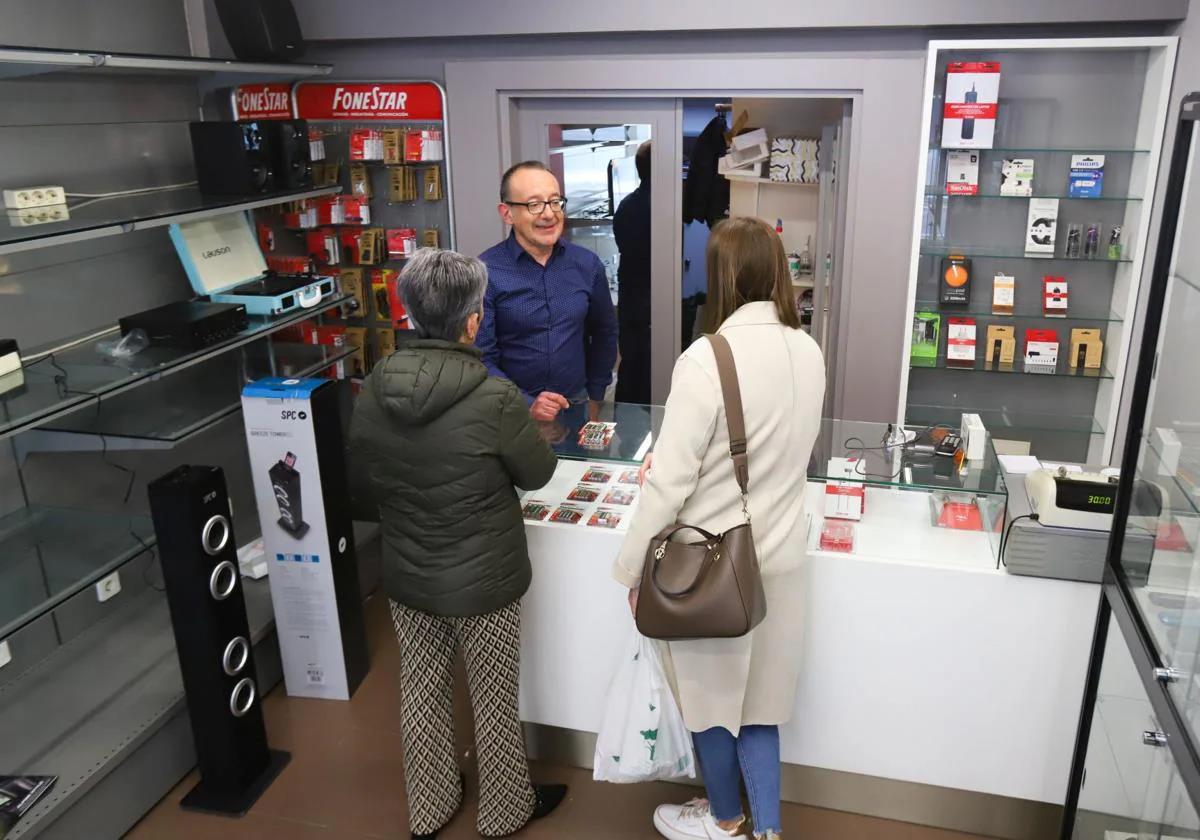New income-related contribution rates for the self-employed in Spain from January 2025
The lowest-earning 'autónomos' will be able to save 360 euros per year while higher earners could be paying up to 1,000 euros more annually
Change of year, change of social security contributions. The almost 3.4 million self-employed ('autónomos') in Spain will start 2025, as has been the case in the last two years, with changes in their contributions, the money they have to pay monthly to the national social security scheme for being registered as self-employed. For some of the group, contributions will increase by over 1,000 euros next year, others will remain as they are and there will be a final group, those who earn the least, who will be better off and will be able to save up to 360 euros in the new year.
This is because in 2023 a contribution system came into force for this category of workers based on their real income, ending the previous system whereby they were free to choose their contribution regardless of how their business was doing, which led more than 80% to opt for the minimum base rate.
In January, another payment to Social Security also goes up: the adjustment mechanism for pensions, paying out about 10 euros more each month.
As a result of this reform, a progressive system of fifteen cost brackets was established to set the minimum and maximum bases for the self-employed, depending on where their net income falls and, therefore, their monthly contributions paid to Social Security. But, as a gradual implementation was agreed, each year the payments they have to make will change and this will be the case until 2032, which is when it should be fully in place and the final objective should have been achieved: that each self-employed person pays contributions for what they earn, as is the case for workers registered in the so-called general scheme.
The contributions from 2026 onwards are not yet fixed and the Spanish government will have to meet with the trade unions, employers' associations and other interested parties to agree, before the end of next year, on the new timetable for implementation until 2032. Nevertheless, for this coming year we do know how much the self-employed will have to pay and many will have substantial changes.
So, self-employed workers who earn a net income of over 1,700 euros per month and pay contributions at the minimum base of their bracket will see their contributions increase from next year. In the best case scenario, they will pay 30 euros more per month, 360 euros more per year, while the worst affected are those in the bracket of 3,620 euros to 4,050 euros, for whom their contributions will increase by 1,080 euros in 2025 as shown in the graph here.
By contrast, the self-employed who earn less than 1,166.7 euros per month will benefit from this change, paying between 7 and 30 euros less each month, a saving of up to 360 euros per year for those earning between 670 and 900 euros.
There is a third group, those with a net income of between 1,166.70 euros and 1,700 euros, who will keep paying the same amount they pay now. As such the minimum monthly contributions for 'autónomos' in 2025 will be a wider range of payments of between 200 and 590 euros,
Flat rate of 80 euros
The self-employed also have the option of contributing at the maximum level of their contributions bracket and, in this case, their contributions remain unchanged in January, with a single exception: those with the lowest income, for whom the contribution is reduced from 250 to 220, saving them 360 euros per year.
During 2025 the subsidised flat rate of 80 euros is also maintained for new self-employed workers for the first year, which can be extended for a second year if they still have a low income.
In any case, the self-employed can change their contribution base up to six times a year to adapt to their income forecasts and not have to pay later during the regularisation process, which is when they have to settle up if they have underpaid on contributions.
It should be noted that to these contributions they will have to add the intergenerational equity mechanism (MEI) to pay the pensions of the 'baby boomers', which rises this year to 0.8%, or about 10 euros more per month.
Letters advising of any money to be returned will start arriving as of this week
Any self-employed workers who have overpaid on contributions during the 2023 financial year, the first year of applying the income-related contributions, will receive a notification from Social Security from this week informing them of the money they are owed once the regularisation process is complete, which involves cross-referencing Social Security data with those from Spain's national tax agency (AEAT). There are more than 700,000 of them. From 12 to 16 December this letter will be sent to those who have paid contributions in accordance with their income, so they are in the clear. On the other hand, those who have underpaid and have debts with Social Security will be the last to know.

